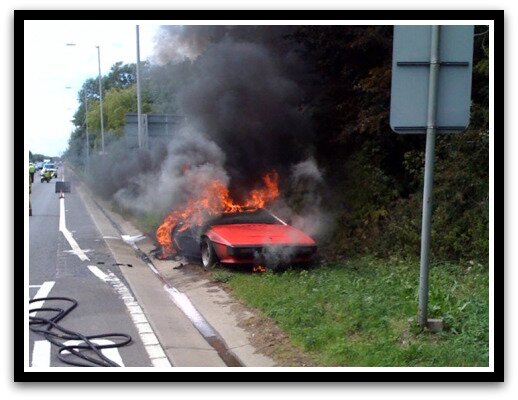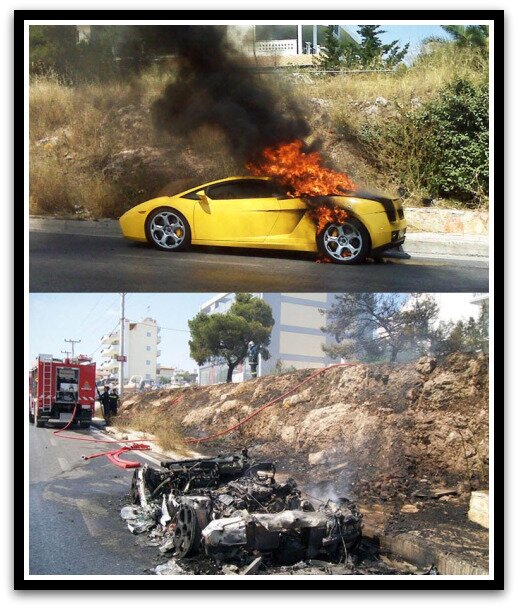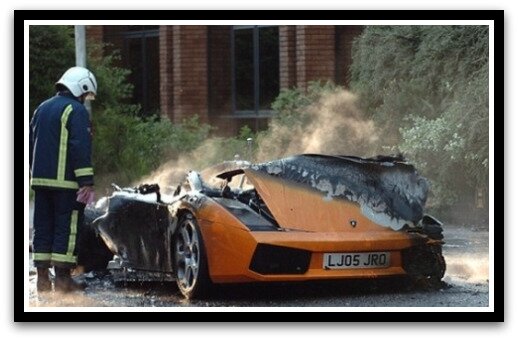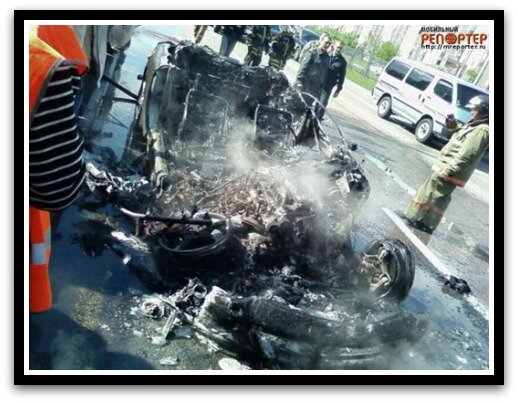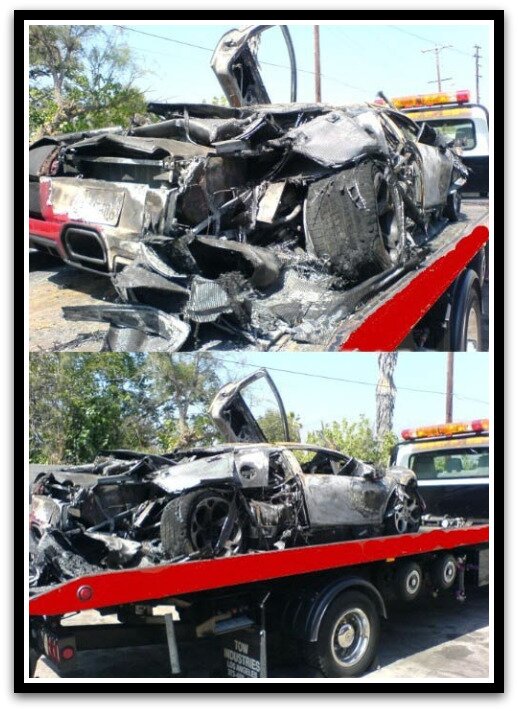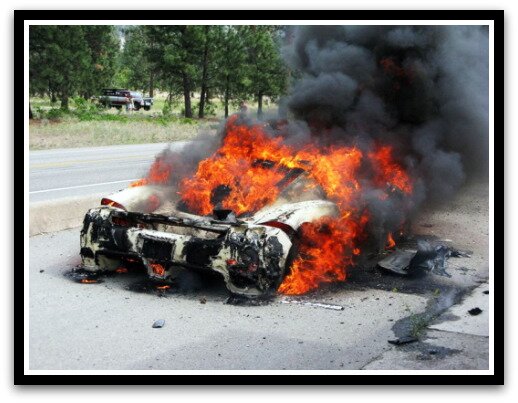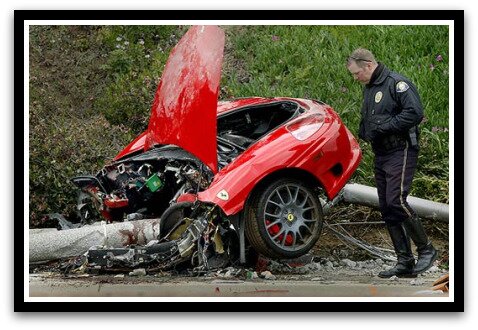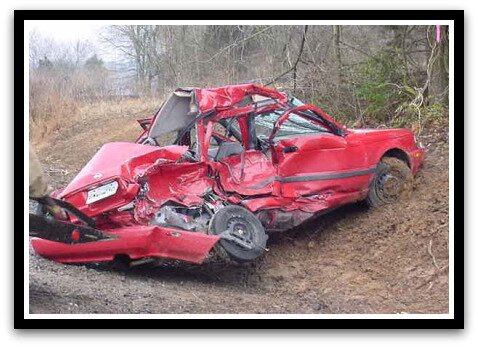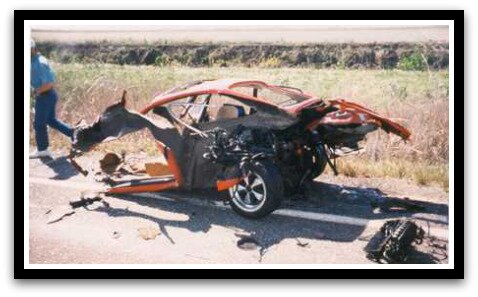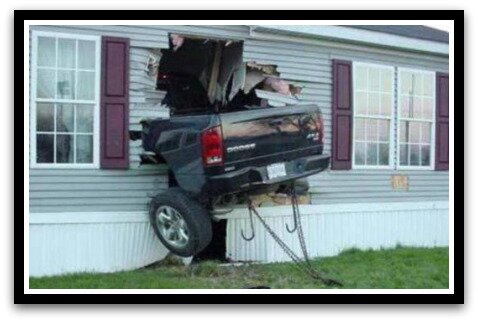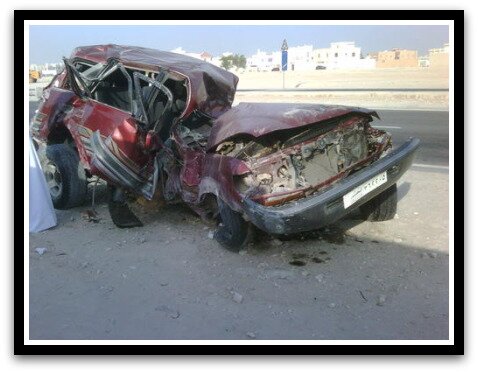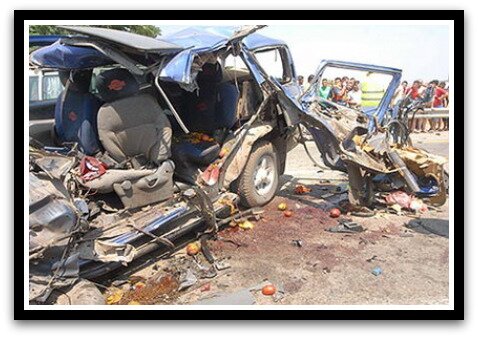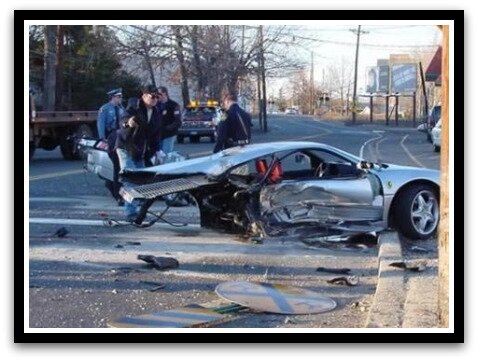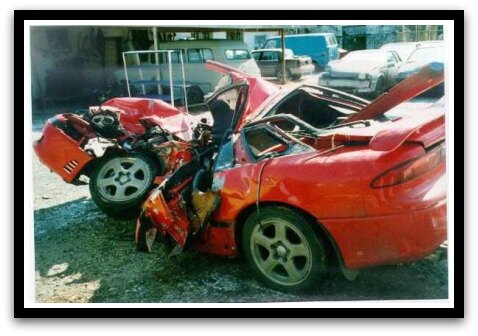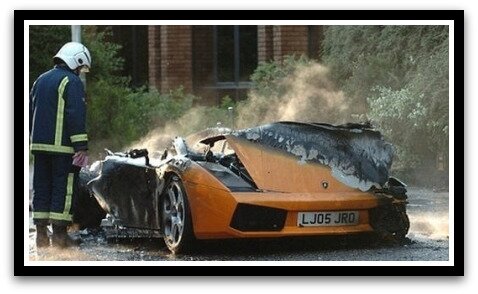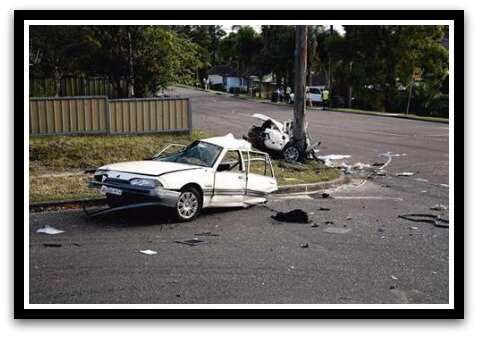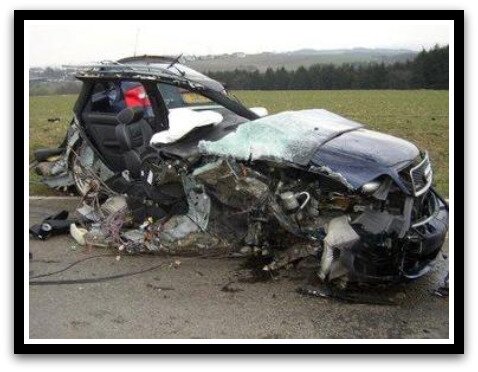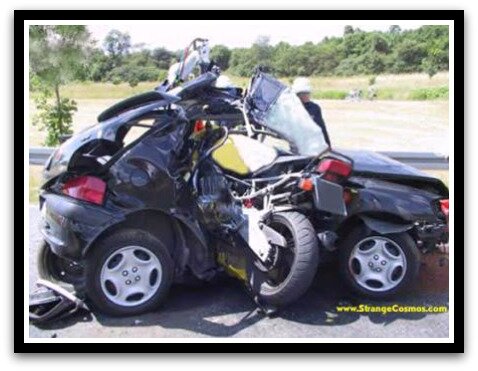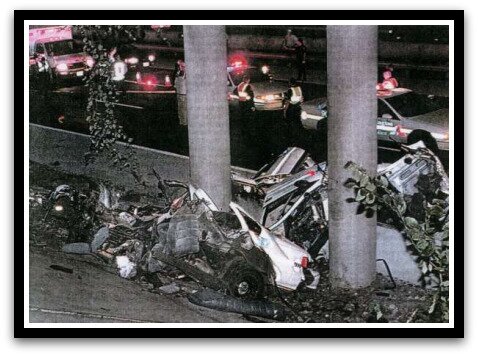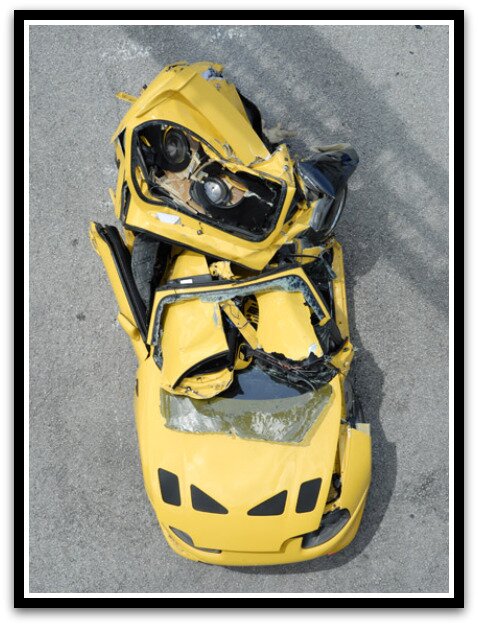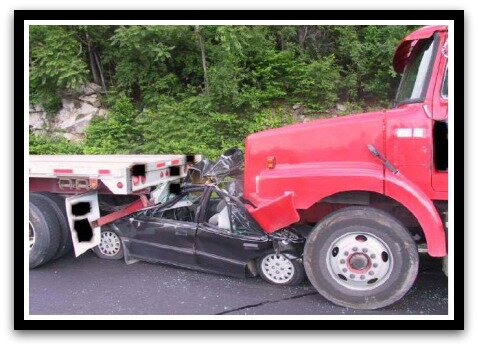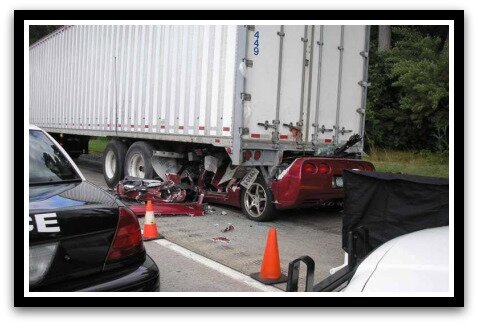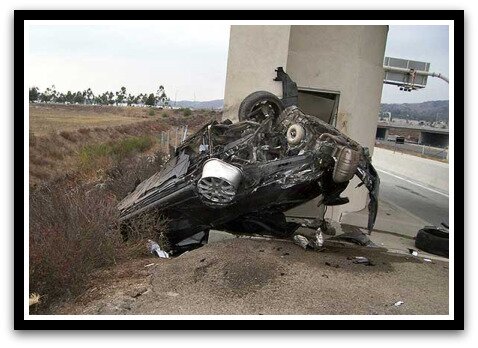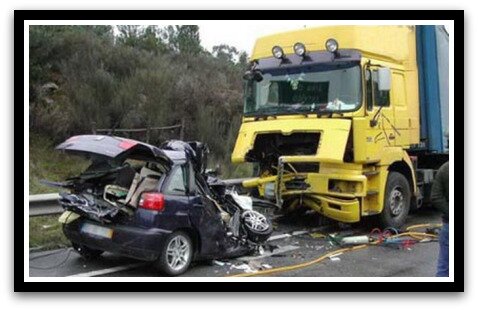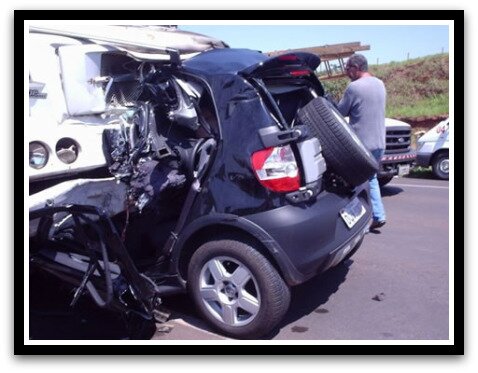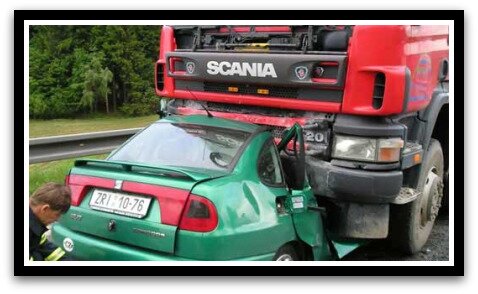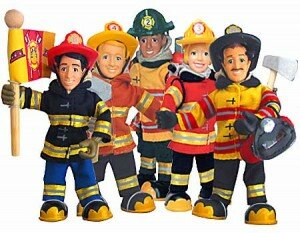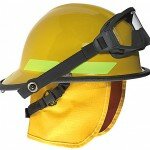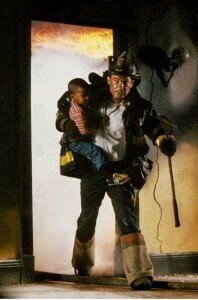
They’ll have you on the edge of your seat, biting your nails and cheering them on — that’s the power of Hollywood rescues. Rescue scenes elicit these types of feelings, as movie viewers idolize heroes and dream of being rescued by firefighters, police officers and the average Joe. Believable or not, Hollywood rescue scenes are iconic in pop culture and paint the picture of heroes we see worth imitating. In no particular order, here are 10 Hollywood rescues to die for:
1. Backdraft (1991)
Backdraft produced one of the most epic firefighter rescue scenes of all time, which is filled with brotherly love and kick-ass action. Watch fireman Brian McCaffrey (William Baldwin) catch a wild hose and put out a massive fire to save his brother Stephen (Kurt Russell) and others from a blazing building.
2. The Towering Inferno (1974)
Even with today’s mega special effects, The Towering Inferno, is still considered one of the best disaster films of all time. In this exciting scene, Fire Chief Michael O’Halloran (Steve McQueen) hangs on for dear life, while lowering a hanging elevator filled with people from the burning Glass Tower, and dropping a fellow firefighter onto a safety net from more than 100 stories high.
3. Crash (2004)
The crash scene in Crash is hard to forget. Officer John Ryan (Matt Dillon) reports to an accident with a turned-over car that’s leaking gasoline. The scene is chalked full of emotion and tension as Ryan tries to loosen Christine (Thandie Newton) who is caught in her seatbelt as the car begins to burn.
4. Ladder 49 (2004)
Rookie firefighter Jack Morrison, played by Joaquin Phoenix, gets his first taste of rescuing victims, when he and another firefighter save a woman from a burning house and watch as she is revived in the ambulance.
5. Watchmen (2009)
In this scene from the live adaptation of the Watchmen comic book, superheroes Nite Owl and Silk Spectre II are called to save victims from a burning building. Silk Spectre II gathers everyone into the flying ship “Archie” within seconds of becoming toast herself.
6. Mr. Deeds (2002)
The story of Longfellow Deeds, played by Adam Sandler, is best depicted in his selfless acts and sincerity that he shows in this scene from Mr. Deeds. A memorable, yet absurd demonstration of firefighting occurs when Deeds voluntarily climbs up a burning apartment building to save a woman and her seven (yes, seven) cats.
7. Volcano (1997)
This movie may be your worst natural disaster nightmare, but you’ve gotta give it to subway worker, Stan Olber, (John Carroll Lynch) who sacrifices his life to save the driver of a broken-down train that becomes consumed with flaming lava.
8. I Now Pronounce You Chuck and Larry (2007)
Firefighters and “life partners” Chuck Levine (Adam Sandler) and Larry Valentine (Kevin James) are sent into a burning building to save Bernie, an overweight man, who adds some…err…fuel to the fire.
9. James Bond – Quantum of Solace (2008)
James Bond, played by Daniel Craig, does it again in Quantum of Solace, where he saves the day (and the Bond girl) from a burning, explosive building. In this scene, Bond opts not to throw his enemy Dominic into the fiery pit, and instead goes to find Camille, who is trapped in a burning room. Just when it looks like the end for Bond, he manages to find his way out completely unscathed.
10. Batman Begins (2005)
After an 8-year hiatus, the Batman series returns with Batman Begins, and this time Alfred is suiting up to save Batman? In this scene, Bruce Wayne falls victim to a fire started by his former trainer and opponent, Ra’s Al Ghul and henchman. With such ease, his over-the-hill assistant, Alfred, forges through the burning mansion, frees Bruce from the falling debris and they safely escape to the dungeon.
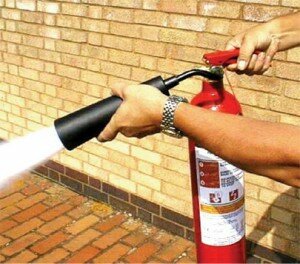 In the event of a fire, there are various household items and natural resources that can put out flames and keep them from spreading. Depending on the type and size of the fire, some extinguishers may work better than others. For the slow burning campfires and grill fires, natural outdoor extinguishers can be used. Whereas, quick burning, indoor fires need to be extinguished right away with a reliable extinguisher. For highly combustible and quick spreading fires, always exit the house or building and call your local fire department. Here are just a few of the many household fire extinguishers you can use in an emergency fire:
In the event of a fire, there are various household items and natural resources that can put out flames and keep them from spreading. Depending on the type and size of the fire, some extinguishers may work better than others. For the slow burning campfires and grill fires, natural outdoor extinguishers can be used. Whereas, quick burning, indoor fires need to be extinguished right away with a reliable extinguisher. For highly combustible and quick spreading fires, always exit the house or building and call your local fire department. Here are just a few of the many household fire extinguishers you can use in an emergency fire: